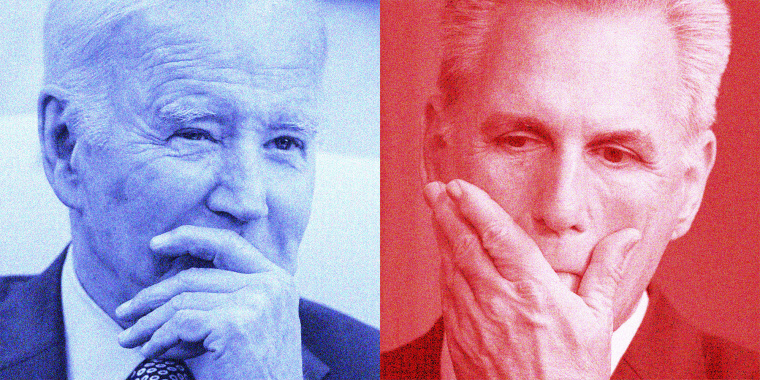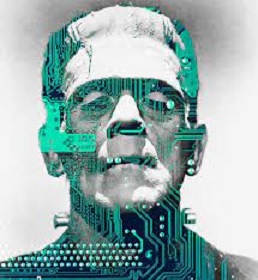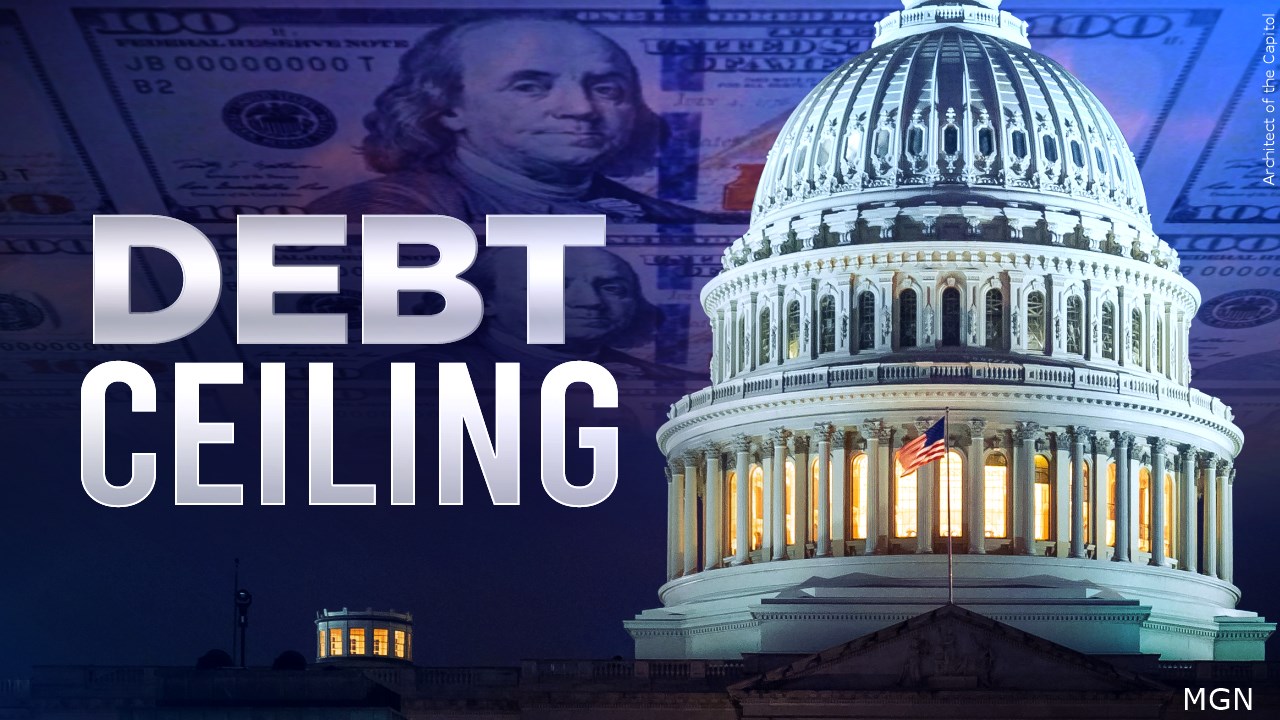 U.S. Senate Vote on Debt Ceiling (June 1, 2023)
U.S. Senate Vote on Debt Ceiling (June 1, 2023)
Dear Commons Community,
Fending off a U.S. default, the Senate gave final approval last night to a debt ceiling and budget cuts package, to wrap up work on the bipartisan deal and send it to President Joe Biden’s desk to become law before the fast-approaching deadline.
The compromise package negotiated between Biden and House Speaker Kevin McCarthy leaves neither Republicans nor Democrats fully pleased with the outcome. But the result, after weeks of hard-fought budget negotiations and compromises, shelves the volatile debt ceiling issue until 2025 after the next presidential election.
Approval in the Senate on a bipartisan vote, 63-36, somewhat reflected the overwhelming House tally the day before, relying on centrists in both parties to pull the Biden-McCarthy package to passage — though Democrats led the tally in both chambers. As reported by the Associated Press.
Senate Majority Leader Chuck Schumer said ahead of voting that the bill’s passage means “America can breathe a sigh of relief.”
Afterward he said, “We’ve saved the country from the scourge of default.”
Biden said in a statement following passage that senators from both parties “demonstrated once more that America is a nation that pays its bills and meets its obligations — and always will be.”
He said he would sign the bill into law as soon as possible. “No one gets everything they want in a negotiation, but make no mistake: this bipartisan agreement is a big win for our economy and the American people,” the president said. The White House said he would address the nation about the matter at 7 p.m. EDT Friday.
Fast action was vital if Washington hoped to meet next Monday’s deadline, when Treasury has said the U.S. will start running short of cash to pay its bills, risking a devastating default. Raising the nation’s debt limit, now $31.4 trillion, would ensure Treasury could borrow to pay already incurred U.S. debts.
In the end, the debt ceiling showdown was a familiar high-stakes battle in Congress, a fight taken on by McCarthy and powered by a hard-right House Republican majority confronting the Democratic president with a new era of divided government in Washington.
Refusing a once routine vote to allow a the nation’s debt limit to be lifted without concessions, McCarthy brought Biden’s White House to the negotiating table to strike an agreement that forces spending cutbacks aimed at curbing the nation’s deficits.
Overall, the 99-page bill restricts spending for the next two years, suspends the debt ceiling into January 2025 and changes some policies, including imposing new work requirements for older Americans receiving food aid and greenlighting an Appalachian natural gas line that many Democrats oppose.
It bolsters funds for defense and veterans, cuts back new money for Internal Revenue Service agents and rejects Biden’s call to roll back Trump-era tax breaks on corporations and the wealthy to help cover the nation’s deficits. It imposes automatic 1% cuts if Congress fails approve its annual spending bills.
After the House overwhelmingly approved the package late Wednesday, Senate Republican leader Mitch McConnell signaled he too wanted to waste no time ensuring it became law.
Touting its budget cuts, McConnell said Thursday, “The Senate has a chance to make that important progress a reality.”
Having remained largely on the sidelines during much of the Biden-McCarthy negotiations, several senators insisted on debate over their ideas to reshape the package. But making any changes at this stage would almost certainly derail the compromise and none were approved.
Instead, senators dragged through rounds of voting late into the night rejecting the various amendments, but making their preferences clear. Conservative Republican senators wanted to include further cut spending, while Democratic Sen. Tim Kaine of Virginia sought to remove the Mountain Valley Pipeline approval.
Thank you to the President, the House of Representatives and the Senate for their willingness to work together!
Tony












